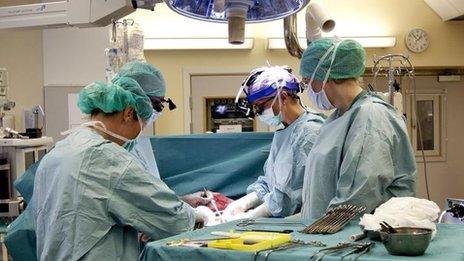Womb transplants: how do they work?
- Published
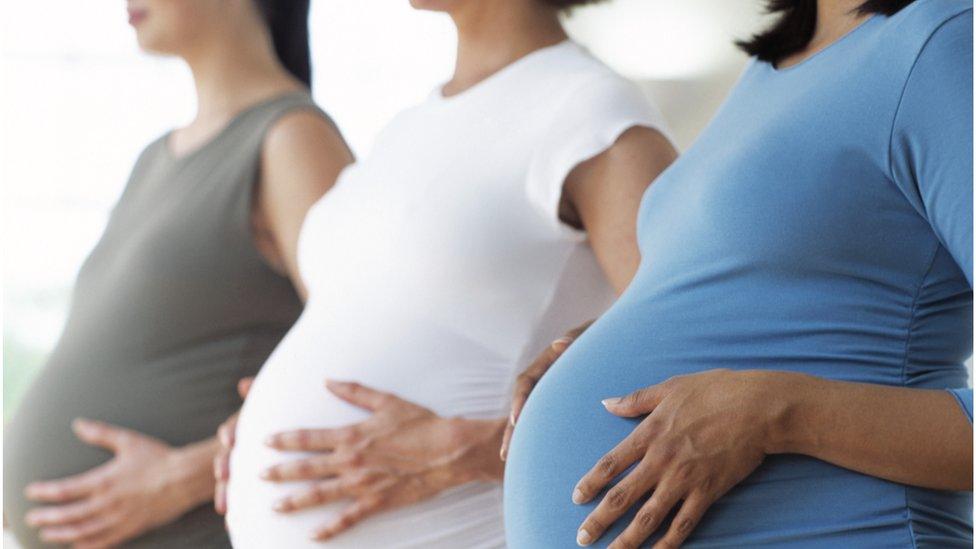
Doctors have been granted approval to carry out the first 10 womb transplants in the UK.
They hope to carry out the procedure - as part of a clinical trial - launching in the spring of 2016
But what would the operation involve and how long before patients can expect to see results?

Who could be offered a womb transplant?
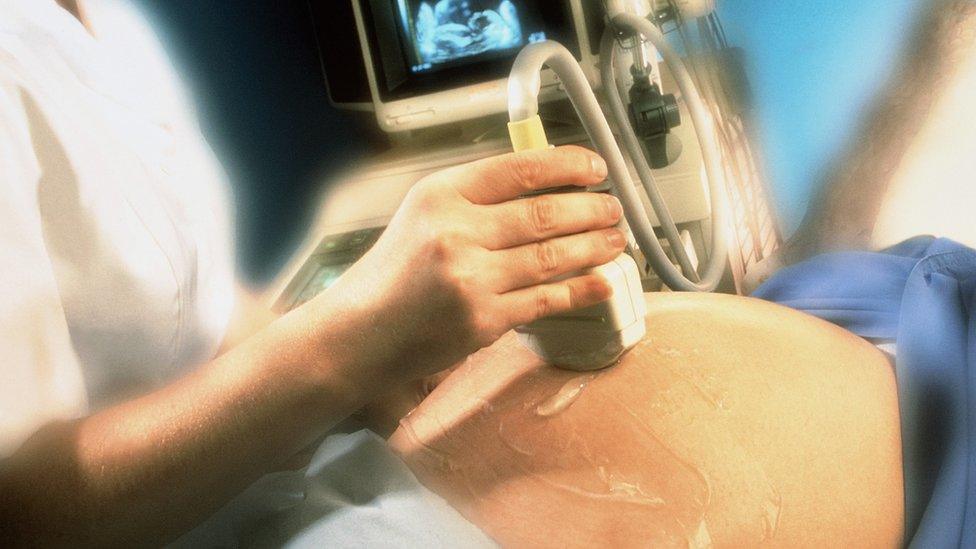
Around one in 7,000 women are born without a functioning womb.
In some conditions such as Mayer Rokitansky Küster Hauser syndrome for example, people may not have a vagina, cervix or womb.
In other cases women may have wombs removed after surgery for cancer.
Not all will be eligible or will want this procedure.
But Womb Transplant UK, the organisation set to carry out the operations in the UK, says it could provide an alternative to adoption or surrogacy.
The team say women involved in the research should be under 38, of a healthy weight and in a long-term relationship.
Women must also have healthy ovaries, capable of producing eggs.

Where will the donated wombs come from?
Experts in the UK say wombs will be donated from women who are "brain-dead" but whose hearts are kept beating.
This is different to procedures that have already taken place in Sweden where live donors have been involved.
Specialists say this decision has been taken in the UK because the operation to remove a womb carries its own risks.
But the details of exactly how donors will be identified or can volunteer are still to be ironed out.
NHS Blood and Transplant, the UK organ donation organisation, says it will work with the Womb Transplant UK team, to ensure appropriate protocols are in place for identifying potential donors and approaching their families to gain consent for womb donation.

What are the risks?

Any woman considering this procedure will need to weigh up the risks of complex surgery and the anaesthetic. IVF is not risk-free either.
She will also need to think about the potential side-effects of taking immunosuppressant drugs, for instance.
These have been linked to an increased chance of infections, osteoporosis and in some cases cancer.
Experts say they can minimise this by removing the womb once it is no longer needed.
Another question is whether the drugs could be harmful to the developing foetus.
Specialists at Womb Transplant UK say when used at the right doses this is unlikely to be a problem, building on the success of pregnancies involving anti-rejection drugs for other reasons.
But of course this is still a trial - the results, including information on safety, will be watched closely.

How much will the procedure cost?
Dr Richard Smith, a consultant gynaecologist at the Queen Charlotte's and Chelsea Hospital in London, will lead the transplant team.
His team estimates each procedure costs between £40,000 and £50,000 but women will not be expected to pay for this themselves.

Will it be available on the NHS?
Whether it would ever be available on the NHS is unclear.
Currently there is only have approval for a research trial - the results of this will be keenly awaited.
And the potential risks, benefits and costs of a potentially life-enhancing rather than life-saving procedure will need to weighed up.
Some say the costs involved currently makes an NHS procedure unlikely.

Are womb transplants available elsewhere?
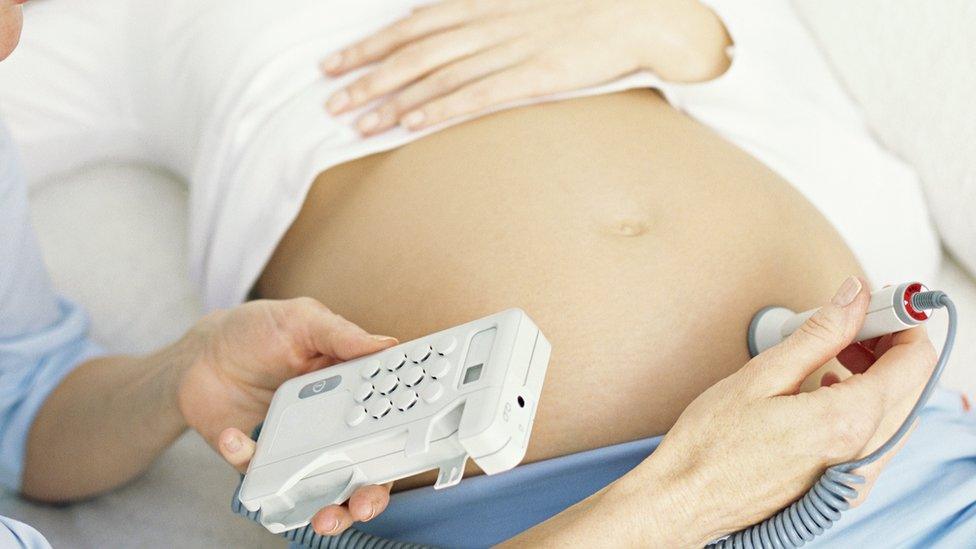
The first well-documented human attempt took place in 2000 when doctors in Saudi Arabia transplanted a womb from a living donor to a young woman.
Initially it was hailed as a medical breakthrough but the success was short-lived.
Less than four months later the organ had to be removed when the transplanted tissue began to die as a result of a blood supply failure. The next challenge - a pregnancy - was never attempted.
Womb transplants have also been attempted in Turkey and other countries.
It was in 2014 that a major turning point came - in a medical first, a woman in Sweden gave birth to a baby boy using a transplanted womb.
The 36-year-old, who was born without a uterus, gave birth by Caesarean section to a boy named Vincent after receiving a womb donated by a family friend.
A further three babies have since been born in Sweden using transplanted wombs.
- Published30 September 2015
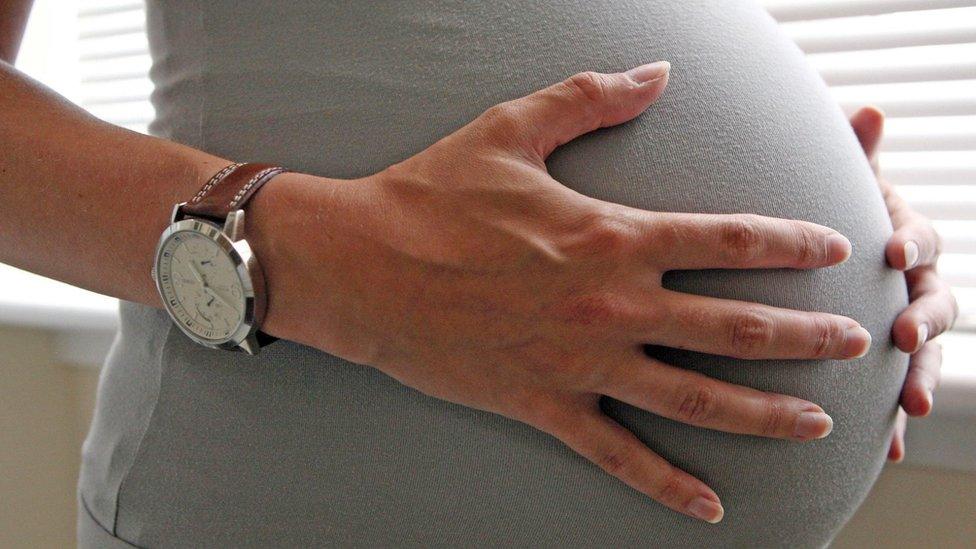
- Published4 October 2014
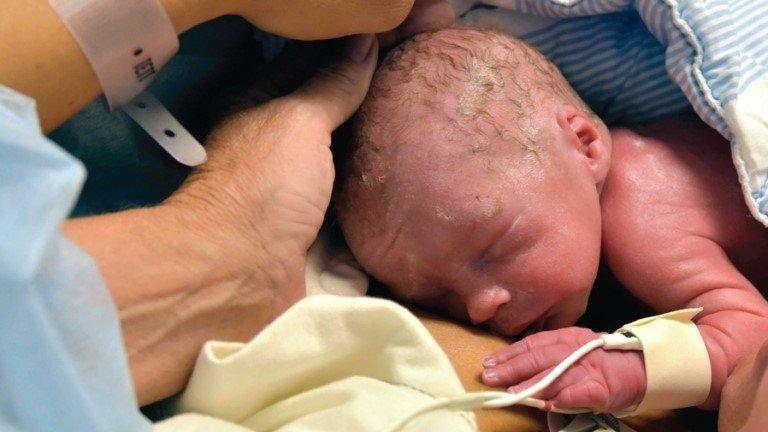
- Published13 January 2014
